The article in the New York American from October 20, 1912 by Paul Schliemann was entitled, “HOW I FOUND THE LOST ATLANTIS, THE SOURCE OF ALL CIVILIZATION.” The author provides a description of a portion of his incredible evidence as to the previous existence of Atlantis. Although promising more information and eventually a complete discussion of all the evidence in a forthcoming book, he was never heard from again.

In addition to nearly the same quote from the Troano Manuscript as cited from Le Plongeon in Queen Moo and the Egyptian Sphinx (see When Mu was Atlantis Part 1,) Schliemann also adds a new document, the Lhasa Record. According to Peter Schliemann, this 4,000 year-old record (2,000 BC) is from the ‘old Buddhistic Temple’ in Lhasa, Tibet and written in Chaldean script.
“When the star Bal fell on the place where is now only sea and sky the Seven Cities with their Golden Gates and Transparent Temples quivered and shook like the leaves of a tree in storm. And behold a flood of fire and smoke arose from the palaces. Agony and cries of the multitude filled the air. They sought refuge in their temples and citadels. And the wise Mu, the hieratic of Ra-Mu, arose and said to them: ‘Did not I predict all this?’ And the women and the men in their precious stones and shining garments lamented: ‘Mu, save us.’ And Mu replied: ‘You shall die together with your slaves and your riches and from your ashes will arise new nations. If they forget they are superior, not because of what they put on, but of what they put out, the same lot will befall them!’ Flame and smoke choked the words of Mu. The land and its inhabitants were torn to pieces and swallowed by the depths in a few months.”
One might wonder why a Chaldean inscription might be found in the remote mountains of Tibet, especially of such great antiquity. The Chaldean people are first identified by the Greeks as early as the 9th century BCE, the Chaldean Empire (also known as the Neo-Babylonian Empire,) existed in the 6th and 7th centuries BCE, however sometimes the Syriac alphabet is sometimes (erroneously) called the Chaldean script and is known from the 1st century AD. Obviously, there is a discrepancy with regards to the time frame the supposed ‘Chaldean’ inscription was created, either 1100, 1300 or 2000 years before the people or the script even existed. Further complicating the veracity of the ‘Lhasa Record’ is no other person has reported to have seen the inscription nor have any images, pictures or drawings been revealed or shown. Peter Schliemann produced pictures of the other artifacts he discovered, but not this inscription. Most researchers without a far-fetched point to prove would dismiss the ‘Lhasa Record,’ much has been done with Churchward’s ‘Naacal Tablets’ or Blavatsy’s ‘Book of Dzyan.’
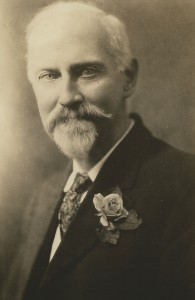
James Churchward (1851-1936)
James Churchward, as further proof of Mu, also uses the ‘Lhasa Record’ in his books. While there is no evidence James Churchward ever met or corresponded with Peter Schliemann, the discovery of a copy of the 1912 article in one of James’ scrapbooks removes all doubt of his familiarity with his information, but again James insists his evidence proves the real location of Mu. As he wrote in the 1926
Lost Continent of Mu Motherland of Men:
Schliemann, on apparently two records only, the Troano Manuscript and the Lhasa Record, asserts that Atlantis was the land of Mu. These records do not state that Mu and Atlantis were identical; it is mere surmise on the part of Schliemann. Other records which he might have consulted would have told him plainly that the land of Mu lay to the west of America and not to the east, the location of Atlantis. However, both Atlantis and the land of Mu were destroyed by volcanic eruptions and submerged. Science has proved that beyond the shadow of a doubt.
On page 57 of his 1926 work, Churchward quotes the following extract from the Lhasa Record:
“When the star of Bal fell on the place where now is only the sky and the sea, the seven cities with their golden gates and transparent temples, quivered and shook like the leaves in a storm; and, behold, a flood of fire and smoke arose from the palaces. Agonies and cries of the multitude filled the air. They sought refuge in their temples and citadels, and the wise Mu—the Hieratic Ra Mu—arose and said to them: did I not predict all this?
And the women and the men in their precious stones and shining garments lamented ‘Mu, save us!’ and Mu replied: You shall all die together with your servants and your riches, and from your ashes new nations shall arise. If they forget they are superior not because of what they put on but what they put out the same will befall them.’ Flames and smoke choked the words of Mu: the land and its inhabitants were torn to pieces and swallowed up by the depths.”
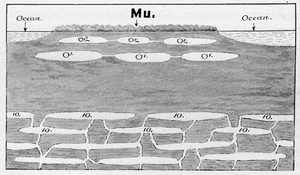
Collapse of the Archeon Gas Belts
Other than the slight rewording of the quote from Schliemann, Churchward removes the last four words “in a few months.” This change supports James’ theory of the sinking of the continent in a matter of days, instead of ‘a few months.’ Another discrepancy involves the nature of the cataclysm causing the end of Mu, Atlantis and the other colonies. Later in the 1926 work, Churchward states the cause to be the collapse of the Archeon Gas Belts due to volcanic action and not the impact of a celestial body. Perhaps, when James translates ‘Bal’ from the Maya language to mean “Lord of the Fields,” he refers to another situation to redefine the event, but he does not further explain.
In James Churchward’s history, Atlantis was a colony of the Mu and perished in the same volcanic cataclysm. Atlantis is not ignored in Churchward’s works, but it does not play center stage as in other author’s works.
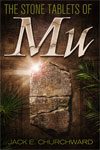
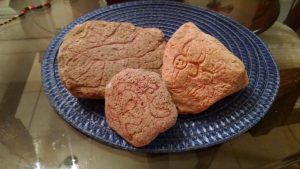



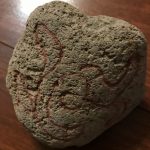

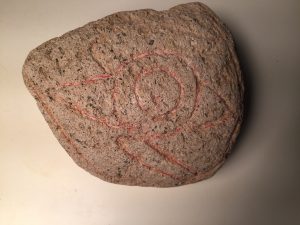


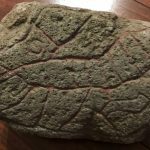
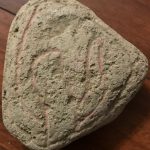
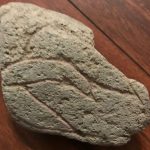



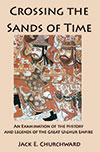
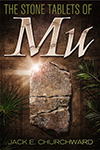
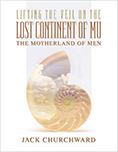



 RSS - Posts
RSS - Posts